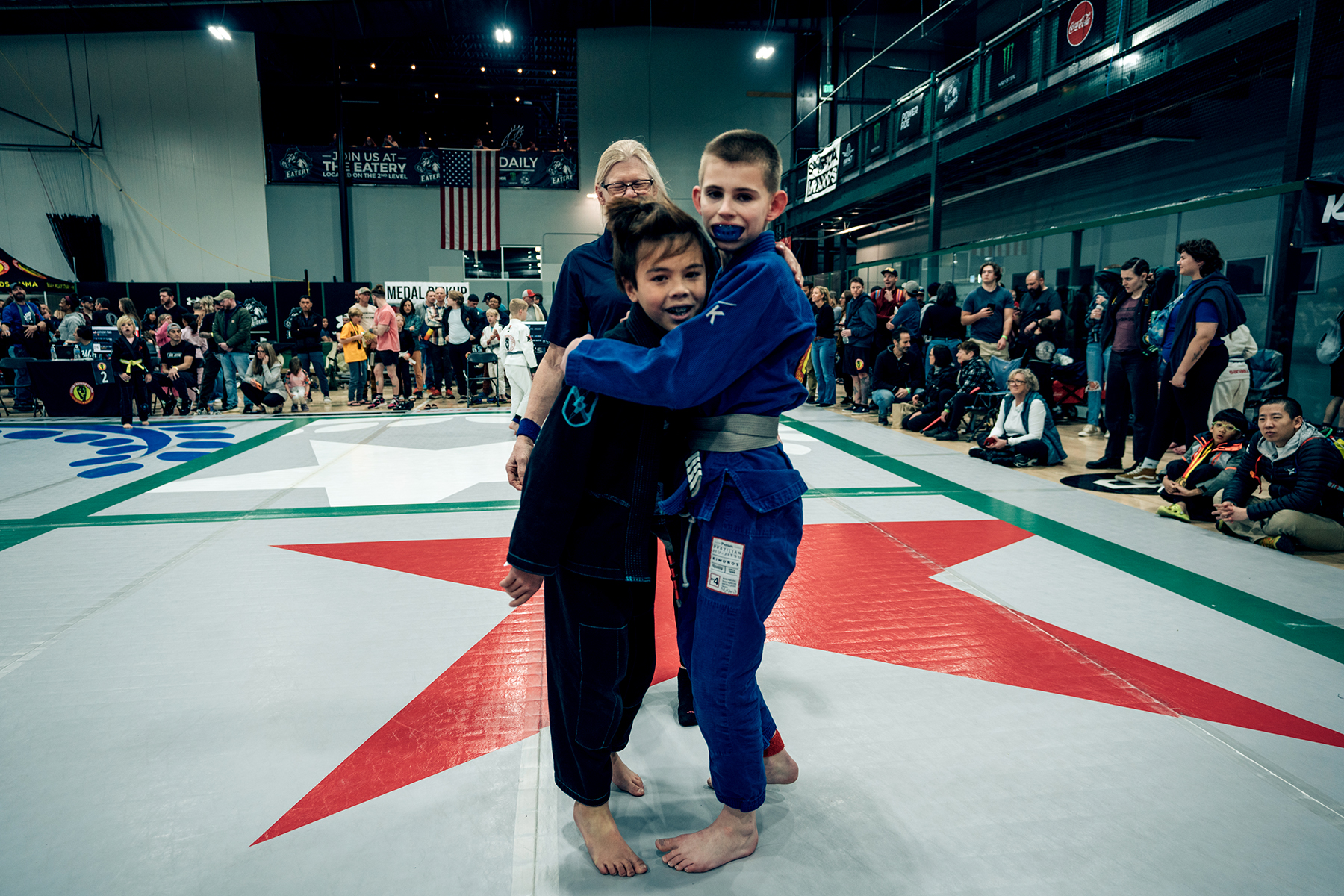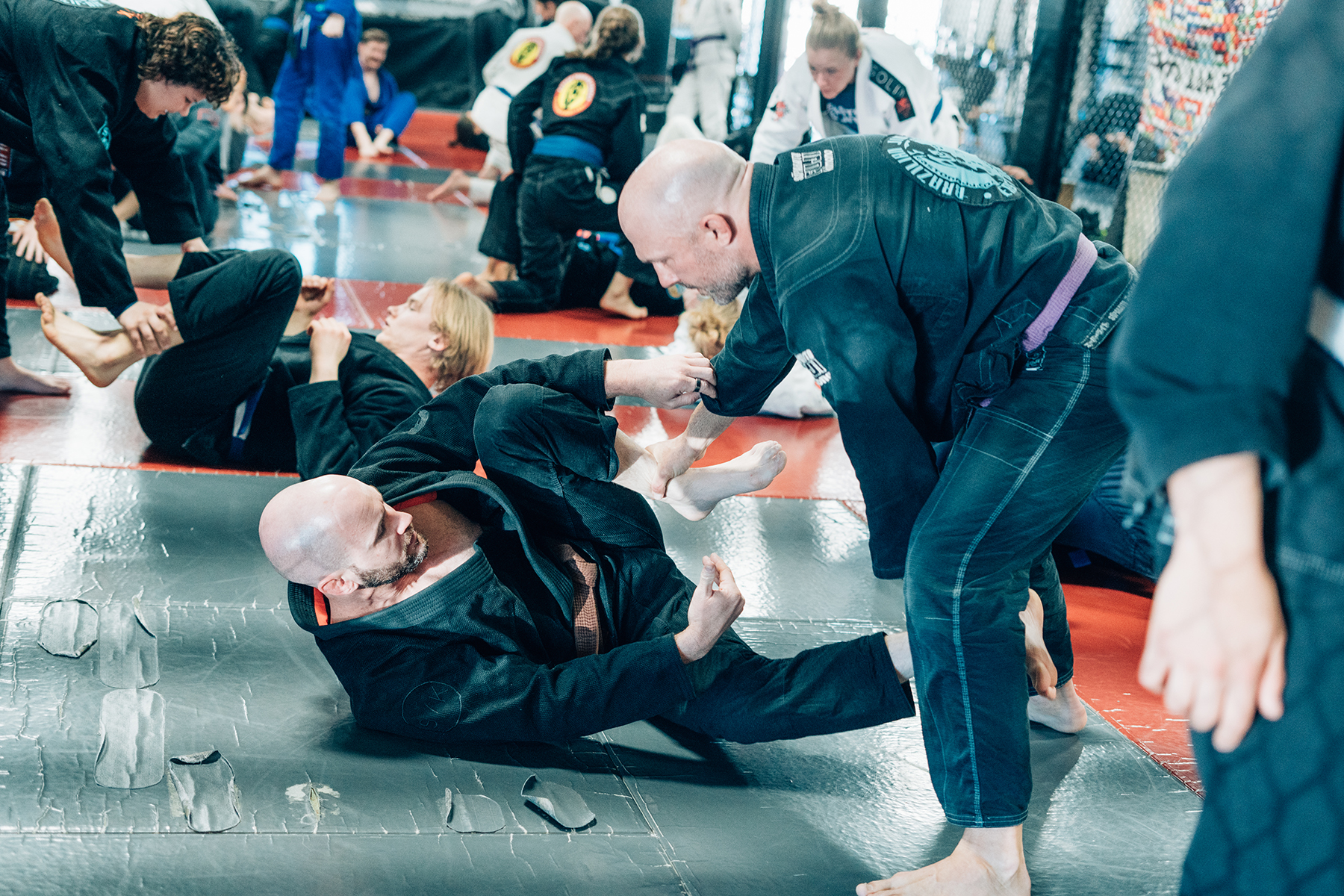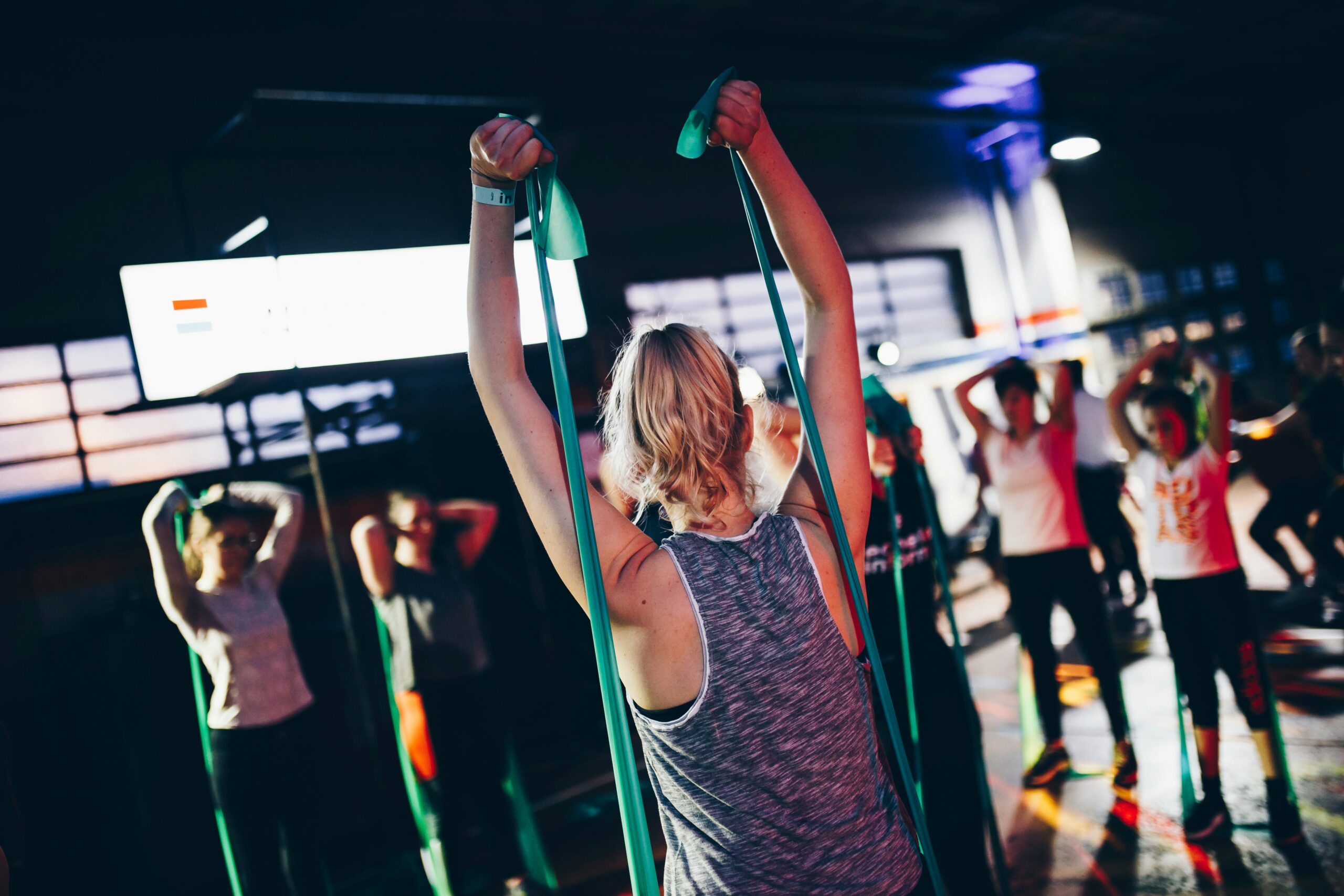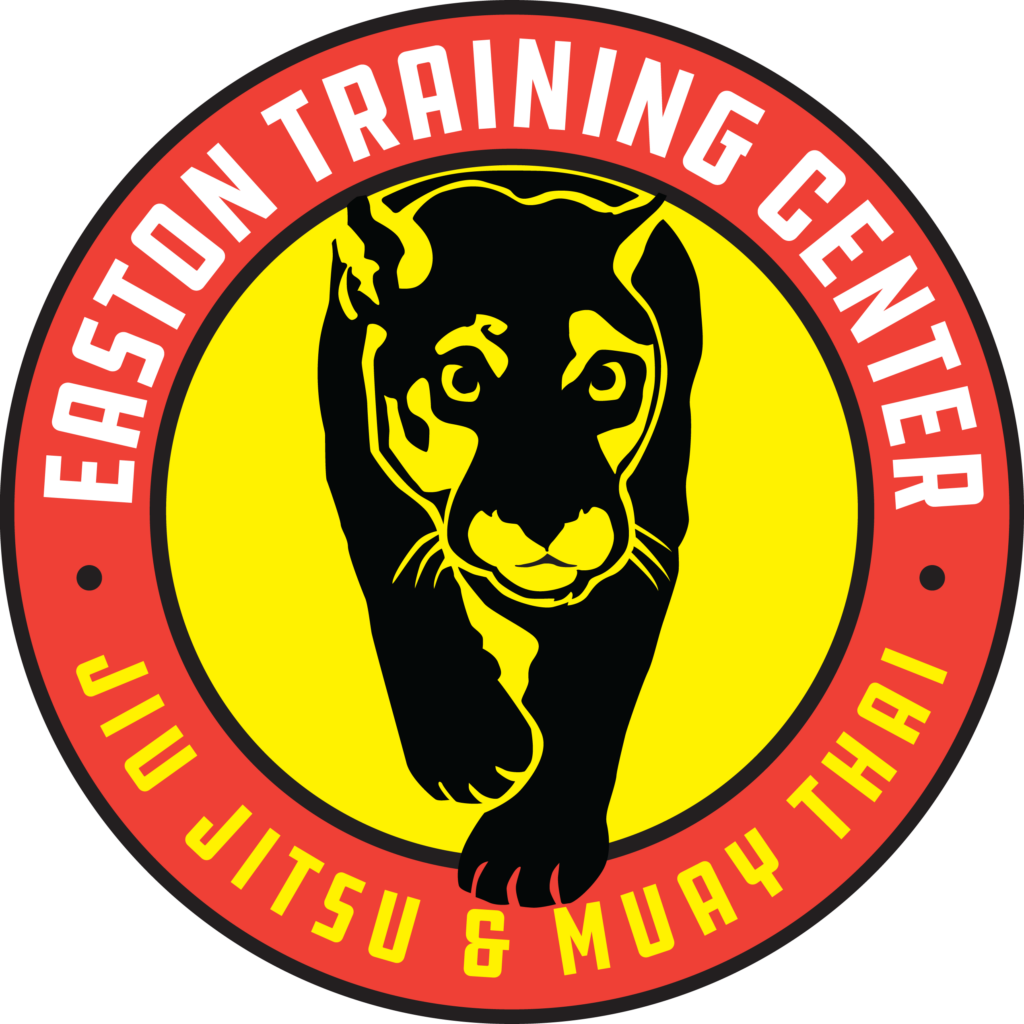There’s a large number of different reasons why you might start Jiu Jitsu. Some of you may find yourselves signing up out of necessity – whether that’s because you work in law enforcement or another job dealing with the public, or maybe you’re moving to a new city and will be alone for the first time.
Some of us are drawn to the technical aspect and like the idea of pitting themselves against other competitors. For others, it’s a form of physical therapy or a way to overcome traumatic things that’ve happened in the past. And a large percentage of people start simply because they want a new hobby that’ll keep them fit, healthy and learning skills while making some new friends along the way.

Whatever your reason for starting BJJ, it can be a little intimidating actually putting on a gi and showing up for your first class. To help, here are a few important things to remember:
Injuries and how to prevent them
No one likes getting hurt and having to abstain from physical activity for potentially months at a time. A high percentage of people who walk into a martial arts academy have jobs and families, no aspirations of being the next Gordon Ryan, and need to be able to function the next day.
For this reason, at Easton, we don’t allow beginners to live train until they’ve recieved their second stripe on their white belts. Most of the injuries in Jiu Jitsu don’t usually occur from the submission holds themselves — rather, from uncontrolled falling body weight. As a beginner in BJJ, you quickly find you’re still learning how to control your movements.
I’d argue that as a beginner in Jiu Jitsu, 90% of your time should be spent drilling and 10% (at most) in live training. This way, you’ll learn not just the positions and how they work, but also the transitions between them — which is often where the injuries can happen.

As you progress deeper in the art, it can eventually become the other way around as you learn your game, what techniques you like, and most importantly, how to move safely and effectively.
A great way to prevent injuries is to prioritize stretching — best done right after you train, not before. It can be tempting to just walk off the mats into the shower, but those 10 minutes stretching on the wall when your body’s still loose and warm are the best for flexibility and preventing pulled muscles.
Last but certainly not least — if you get an injury (even a minor one) you need to take enough time off the mats to rest and recover. Jiu Jitsu will still be here when you get back!
[Easton’s Ultimate Guide To BJJ]
How often should I train?
A very common question I get asked revolves around training.
How many days should I come a week to progress?
Once again, the answer will look different depending on your goals. At Easton, we recommend coming to class at least 2-3 times a week. I’d say a minimum of 3 classes a week is enough to retain the techniques and concepts behind them and progress at a reasonable pace.
Even if BJJ does become an obsession, it’s better to train once a day at a moderate pace than train 3 times in one day extremely hard and then be out for a couple days. Training at a high intensity a few days a week will not only increase your chance of injury, but there’s also evidence to suggest it isn’t the optimal way to progress in Jiu Jitsu anyways.
Whenever we’re learning a new technique in BJJ, we tend to retain the information and get better via “sleep to sleep” instead of “rep to rep.” Meaning, whenever we do the techniques and train in class and then go home and sleep — that’s when our brains can process the information and our bodies make all the connections. The more chances we give ourselves to retain that information, the better we will get.

Supplementing BJJ with other fitness activities
Once we do find ourselves getting into the sport, making it to the open mats and training with higher level belts, it’s not uncommon to start considering Jiu Jitsu our sole form of exercise – especially early on, when we haven’t learned how to conserve energy.
While this sport can be so physically demanding that sometimes that’s truly the case, we should all strive to have some level of additional physical fitness. This can look like going on runs, doing yoga or weight-lifting.
If you have a choice, lift weights AFTER training instead of before. You don’t want to put undue stress on your joints before doing something as physical as BJJ. Doing mobility work like yoga can also be extremely helpful for strength and flexibility.
Think of these supplemental activities as providing your body with the armor and protection you need to keep you safe from injuries and on the mats longer! The longer we spend on the mats, the better we get.

Just show up
In most cases, the hardest part about BJJ comes back to overcoming the nerves and awkwardness that inevitably comes at the beginning of your journey and just showing up enough to where it becomes a consistent part of your life.
As a white belt, you will find yourself watching the advanced classes and thinking, “Those people are really good and I’m really bad and I doubt that I could ever catch up.” What we don’t see or tend to think about as much is that those people were once beginners on their fist days too – they just kept showing up and got better over time.
The amount of time it takes to build competence in Jiu Jitsu can feel daunting to most of us starting out, but it’s important to realize that those years will pass regardless of whether or not we’re doing BJJ. It’s ultimately up to us to spend them wisely.
To me, no one is “too old” to start BJJ and it can really hurt our mindset and progress, wishing we had started when we were younger.
Whatever motivated you to take in interest in Jiu Jitsu and whatever your goals are, it always starts with putting on your gi or rash guard and showing up to class. See you on the mats!
[Improve At Any Age With Better Sleep, Diet And Stretching]






